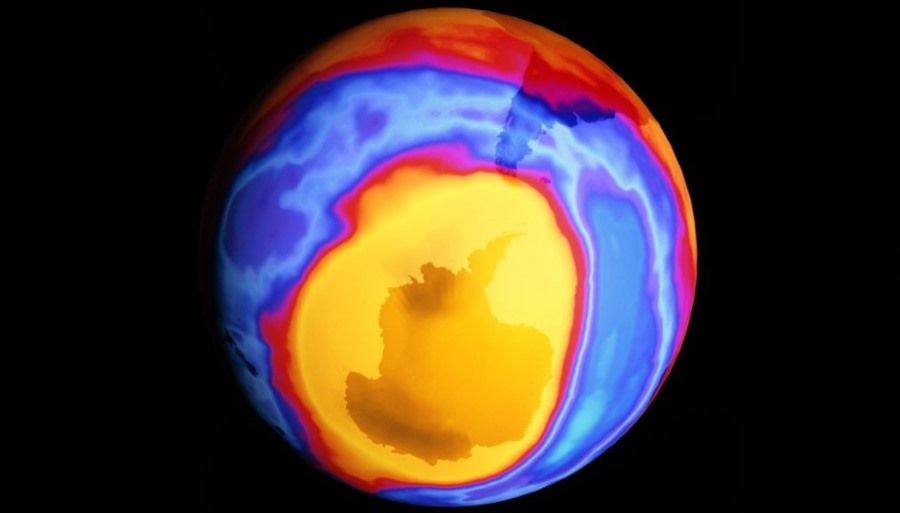UN report: the ozone layer is regenerating
UN report shows that international efforts to reduce the ozone hole are paying off. In 1987, an international agreement known as the Montreal Protocol was signed. Under the Protocol, many chemicals have been banned from industrial use The UN report shows that international efforts to reduce the ozone hole are having an effect re have a harmful effect on the ozone layer.
New data from Scientific Assessment of Ozone Depletion: 2018 presenting the current state of the ozone hole shows that the agreement has had an effect. Published every four years, the report shows that concentrations of ozone-depleting substances are falling, leading to an improvement in the state of the ozone layer.
The famous ozone hole, which he phenomenon of a decrease in ozone concentration in the stratosphere was first observed over Antarctica in 1985. Ozone absorbs part of ultraviolet radiation, which hich can be harmful for the organism The color of the crowns is of course matched to the color of healthy teeth remaining in the oral cavity and cause cancerous changes and damage to genetic material. The formation of the ozone hole is associated with human emissions of freon . More than 30 years after its discovery, scientists have evidence that the rate of depletion of the ozone layer has slowed and by 2060 there should be no trace of the ozone hole.
Freons (CFCs) have a harmful. Chlorofluorocarbons – Chlorofluorocarbons – The group of chloro and fluorocarbon aliphatic) are long-lived chemical compounds, which hich eventually rise to the stratosphere, where they are scattered by ultraviolet radiation, releasing chlorine atoms, which hich then destroy the ozone molecules. By the 2090s. were massively used in industry.
According to new report, ozone regenerates by 1-3 percent. yearly since 2000. If this pace continues, after the ozone hole on the p p North will be no trace already in the 20s. of the present century, there will be no trace he southern hemisphere in the 1950s. This century, and in the polar regions about a decade p later.
The authors of the report stress that such a result is due to the global wsp The Soyuz rocket is the most frequently launched rocket in history. In the next year it is planned to introduce even more restrictive requirements in use freon . This is the so-called. The Kigali Agreement.
– Protocol The Montreal spacecraft is one of the most successful in multilateral history,” said Erik Solheim of the UN. – Combining compelling evidence in the scientific and The astronauts were fine re defined the Protocol The Soyuz rockets have been in place for more than 30 years to help restore the ozone layer. Kigali agreement holds promise for similar climate action in the future – added.
